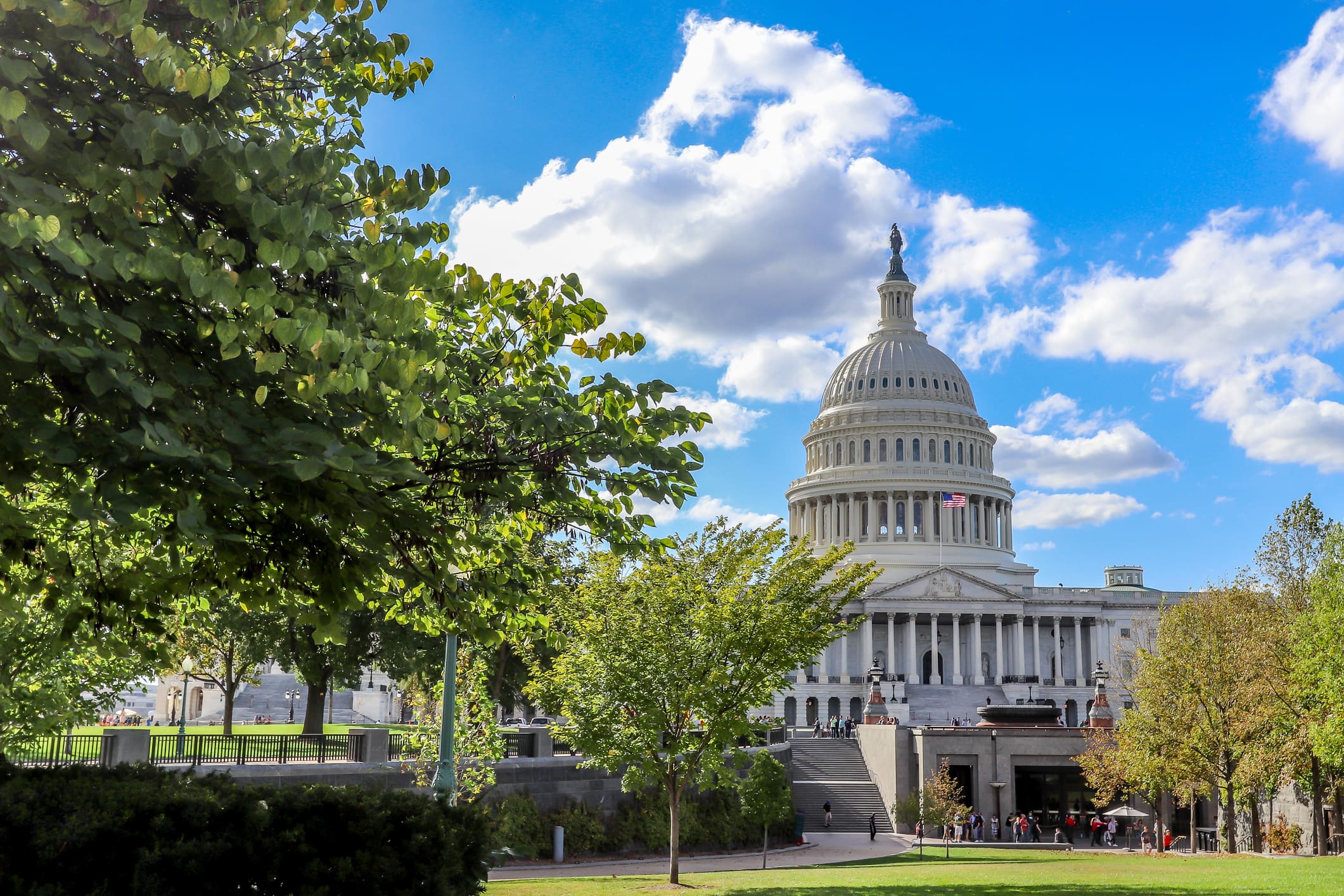Kris Zaporteza / EyeEm
The most significant retirement legislation in more than a decade is now law. Yet, it may fall short in one of its principal aims: expanding the pool of people who can save for retirement via a workplace plan.
At least 25% of those working in the private sector can’t save in a retirement plan such as a 401(k) because their employer doesn’t sponsor one, according to John Scott, director of retirement savings at The Pew Charitable Trusts, a non-partisan research group.
That’s significant since workers are 15 times more likely to save for retirement when they can do so at the workplace using payroll deduction, according to the AARP Public Policy Institute.
However, the portion of the workforce without access to an employer-sponsored retirement plan has remained stubbornly stagnant over the past several decades.
The new law — the Secure Act, which President Donald Trump signed into law Dec. 20 — offers new tax incentives, expanded rules around part-time workers and a type of retirement-plan structure meant to make it easier for small employers to offer them. The measures are all aimed at encouraging more employers to adopt a 401(k) plan and enticing more people to join an existing plan.
Some retirement policy experts don’t believe the changes will amount to much.
“Secure has been characterized by some as a sweeping overhaul of the system. That’s an overstatement,” said Mark Iwry, former deputy assistant secretary for retirement and health policy at the U.S. Treasury Department during the Obama administration.
“It is constructive, and certainly a more substantial package than any retirement legislation since the 2006 Pension Protection Act, but it’s bits and pieces — incremental rather than a sweeping or fundamental improvement,” Iwry said.
More from Personal Finance:
Not knowing these Roth IRA truths can cost you
Regulators want to ease purchase of risky investments
Business owner? Grab this 20% tax break before the year ends
Several state and federal lawmakers are increasingly considering ways to address the lack of 401(k) coverage. Both the federal government and state governments view the lack of retirement savings as a looming drain on their financial coffers, as retirees will need to tap more public services such as Medicaid.
An analysis conducted by the Joint Committee on Taxation suggests the Secure Act will have a muted impact, according to Aron Szapiro, the director of policy research at investment research firm Morningstar. The JCT estimates the portions of the law aimed at expanding retirement savings will cost roughly $15 billion over a decade — or approximately $1.5 billion per year on an annualized basis.
That only represents around 1.5% of the federal government’s total annual outlays for 401(k) and other defined-contribution plans, Szapiro said — which hints that not many additional people will join 401(k) plans and defer income taxes on their savings.
One measure of the Secure Act increases a tax credit available to small employers that adopt a new 401(k) or other workplace plan, to a maximum of $5,000 annually for three years. The law also offers a $500 tax credit for employers that automatically enroll employees into a retirement plan.
There’s evidence that new tax incentives don’t motivate retirement savings to a large degree. The Economic Growth and Tax Relief Reconciliation Act of the early 2000s made tax treatment of retirement savings much more generous, including a substantial increase in 401(k) contribution limits, but didn’t result in much new plan participation or plan creation, Szapiro said.
The U.S. has “already pretty much put the accelerator all the way down on tax incentives” for retirement plans, he said.
The bill also requires business owners to allow part-timers who have worked 500 hours at the job in each of the last three years to be able to contribute to a 401(k) — equating to roughly two hours a day, five days a week. The law already required this for part-timers working 1,000 hours annually.
However, the law doesn’t require businesses to offer the same perks to part-timers that full-time workers receive, such as a match or profit-sharing 401(k) contribution. That could limit participation.
Employers could also reshuffle their staffing in ways disadvantageous for part-timers in order to avoid the new requirement, which could come with additional administrative and other costs, said Jack Towarnicky, executive director of the Plan Sponsor Council of America.
“People will re-evaluate what it is they’re doing in terms of how they deploy their workforce,” Towarnicky said.
Perhaps the most significant of the Secure Act’s measures is one allowing small employers to band together to form a common retirement plan. This would provide savings for employees on things such as investment fees and may save on some administrative costs for employers due to greater economies of scale, according to retirement experts.
While such plans, called open multiple employer plans, are not an insignificant development, they “don’t go that far beyond what you can do under current law in reducing costs of plan sponsorship for small employers,” said Iwry, a nonresident senior fellow at the Brookings Institution.
In other words, the incentive to start a new plan may not be especially large in a business owner’s eyes.
Some policy experts see so-called auto-IRA programs begun in six states — California, Connecticut, Illinois, Maryland, New Jersey and Oregon — as a road map for more effective policy. The fledgling programs require all businesses of a certain size to offer a workplace retirement plan, whether an option like a 401(k) or a state-run individual retirement account. Employers would only have responsibility for automatically enrolling workers into these accounts and facilitating payroll deduction.
Around 30 million to 40 million working families would be auto-enrolled in such programs if it were offered nationally, according to Iwry, who said the concept has gained more support in recent years.
